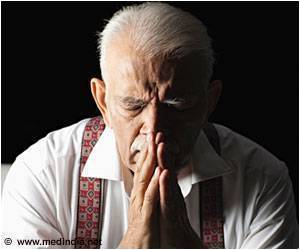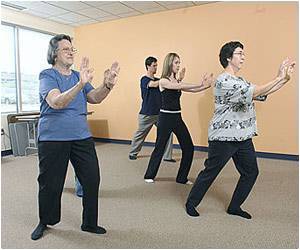
Scientists believe these smart carpets could be fitted in care homes or hospital wards, as well as in people's homes if necessary. Physiotherapists could also use the carpet to map changes and improvements in a person's gait.
The imaging technology is so versatile it could even be developed to detect the presence of chemical spillages or fire as an early-warning system.
The interdisciplinary team, from three academic Schools and the Photon Science Institute at The University of Manchester, used a novel tomographic technique similar to hospital scanners.
It maps 2D images by using light propagating under the surface of the smart carpet.
The researchers, led by Dr Patricia Scully from The University of Manchester's Photon Science Institute, believe the magic carpet could be vital not only for helping people in the immediate aftermath of a fall, but also in identifying subtle changes in people's walking habits which might not be spotted by a family member or carer.
Advertisement
"The carpet can be retrofitted at low cost, to allow living space to adapt as the occupiers' needs evolve - particularly relevant with an aging population and for those with long term disabilities - and incorporated non-intrusively into any living space or furniture surface such as a mattress or wall that a patient interacts with," he added.
Advertisement
Source-ANI









